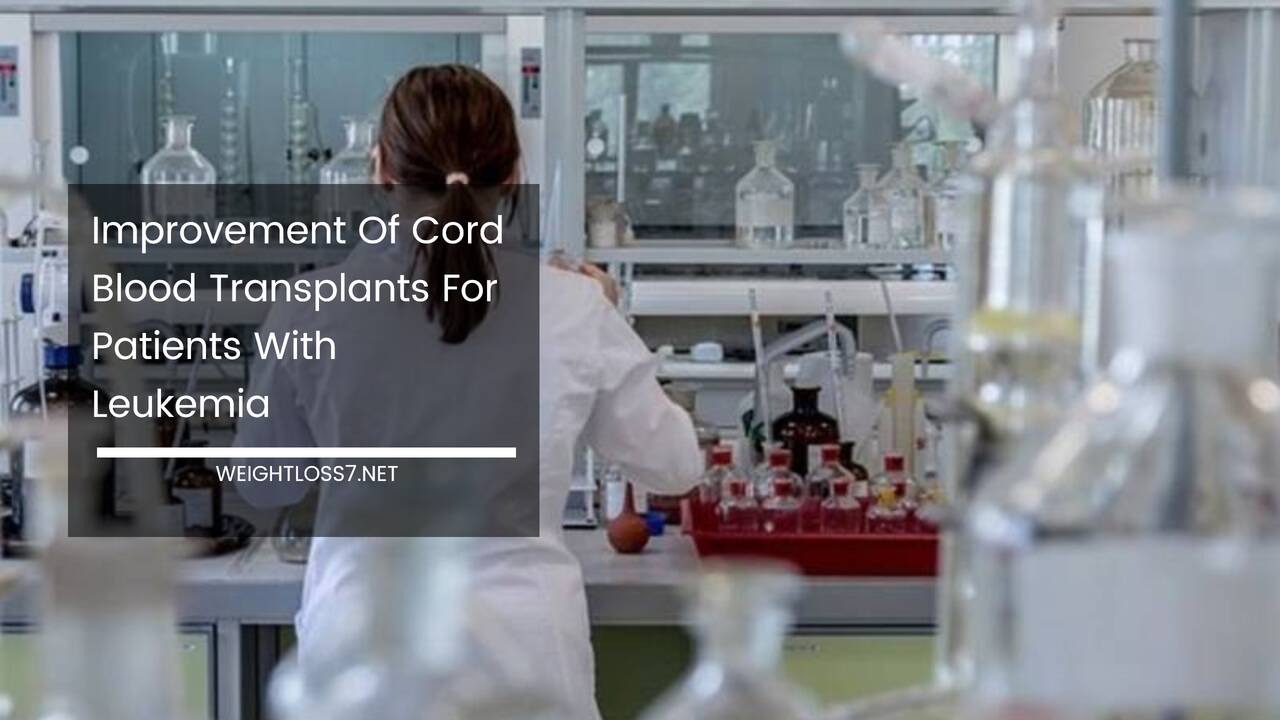Improvement Of Cord Blood Transplants For Patients With Leukemia

A safer and more effective way to transplant cord blood; this is the goal of the researchers at the Fred Hutchinson Cancer Research Center, a goal that they are seemingly achieving.
The technology involves expanding the number of stem cells in one unit of cord blood for patients to ensure safer, more rapid recovery and engraftment after the transplant procedure.
The study technology is at Phase I (clinical trial).
The research was published in Nature Medicine and has grants from the National Institutes of Health and the Damon Runyon Cancer Research Foundation.
The study offers potential for leukemia patients requiring intensive treatment.
Leukemia and Cord Blood Treatment
Leukemia is a malignancy or cancer affecting the bone marrow, the part found in the inner part of the bones where blood cells are produced.
This results to an abnormal increase of white blood cells. The high numbers of white blood cells replace platelets, or the blood cells responsible for blood clotting.
These results to bleeding disorders, easy bruising and formation of pinprick bleeds called petechiae. The white blood cells produced from the affected bone marrow are often immature and lacks the ability to protect the body from infectious agents. Thus the body becomes highly prone to infections.
Leukemia is treated with chemotherapy.
High doses of chemotherapy drugs are often needed to kill the malignant cells; this often leads to the destruction of the bone marrow, which then requires patient to have stem cell transplants to create a new and functional bone marrow.
Transplantation of stem cells gives rise to the production of new blood cells which would replenish the circulatory system.
Transplanting stem cells derived from cord blood is often compounded by one problem. In order for it to be successful, there must be enough stem cells from the cord blood.
But cord blood has only a limited number of stem cells that it is not enough to treat adults (that is why it is often used for children).
When it is used, the small number of transplanted stem cells needs over a month to create new blood cells enough to supply the system.
The length of time makes the person highly vulnerable to infections as our body needs white blood cells to fight off infections.
The Solution: Expansion of Cord Blood Stem Cells
At first, researchers thought acquiring blood cells from two umbilical cords would solve the problem, but they found out that the technique is time consuming as the recovery of blood cell counts need a lot of time.
Time, is something patients with a compromised immunity don’t have.
To solve this problem, researchers found a way to expand the stem cells by activating a signaling pathway that would expand and optimize the number of stem cells in one unit of cord blood.
After expanding the stem cells they are infused in patients with leukemia.
The results are promising, with 10 patients having new white blood cells after just 14 days. A far improvement from previous treatments which usually takes 4 weeks before stem cells engraft and produce the blood component.
This research goes to show that the stem cells can be manipulated following the goal of increasing their numbers, something that is needed by leukemia patients who are at a high risk of developing fatal infections.
When these “programmed” stem cells are infused to the patient, it can produce white blood cells in a faster pace, fast enough to build the necessary protection needed by the patient.

















